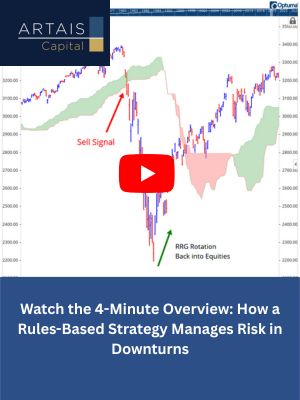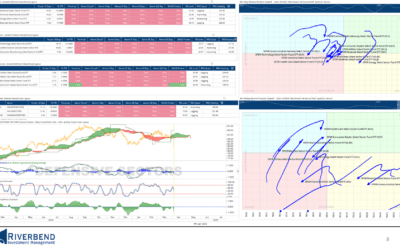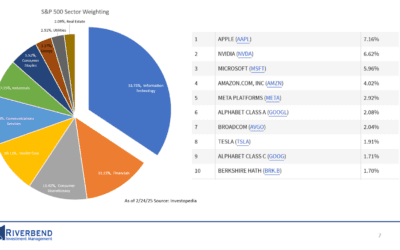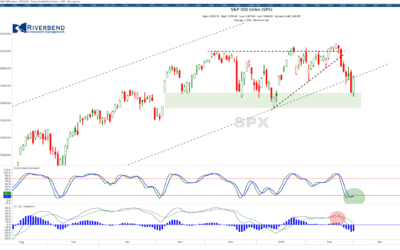Volatility is a well-known and widely-studied aspect of financial markets, and has been the focus of numerous academic and industry research efforts over the years.
It is widely recognized that volatility can have a significant impact on investment portfolios, and as such, controlling risk has become a key priority for many investors.
One approach to managing portfolio risk is to use volatility as a tool to control the exposure of a portfolio to risk. This paper aims to explore the use of volatility as a risk management tool and alpha generator, with a focus on the practical application of this approach in the management of investment portfolios.
The paper will begin by reviewing the concept of volatility and its impact on financial markets, before examining the various methods that are used to measure volatility.
It will then move on to discuss the use of volatility-based risk management strategies, including the use of volatility-based stop loss orders and the impact of these strategies on portfolio risk and return.
The paper will conclude by summarizing the key findings and offering insights into the use of volatility as a risk management tool and alpha generator.
Read: Using Volatility to Add Alpha and Control Portfolio Risk





